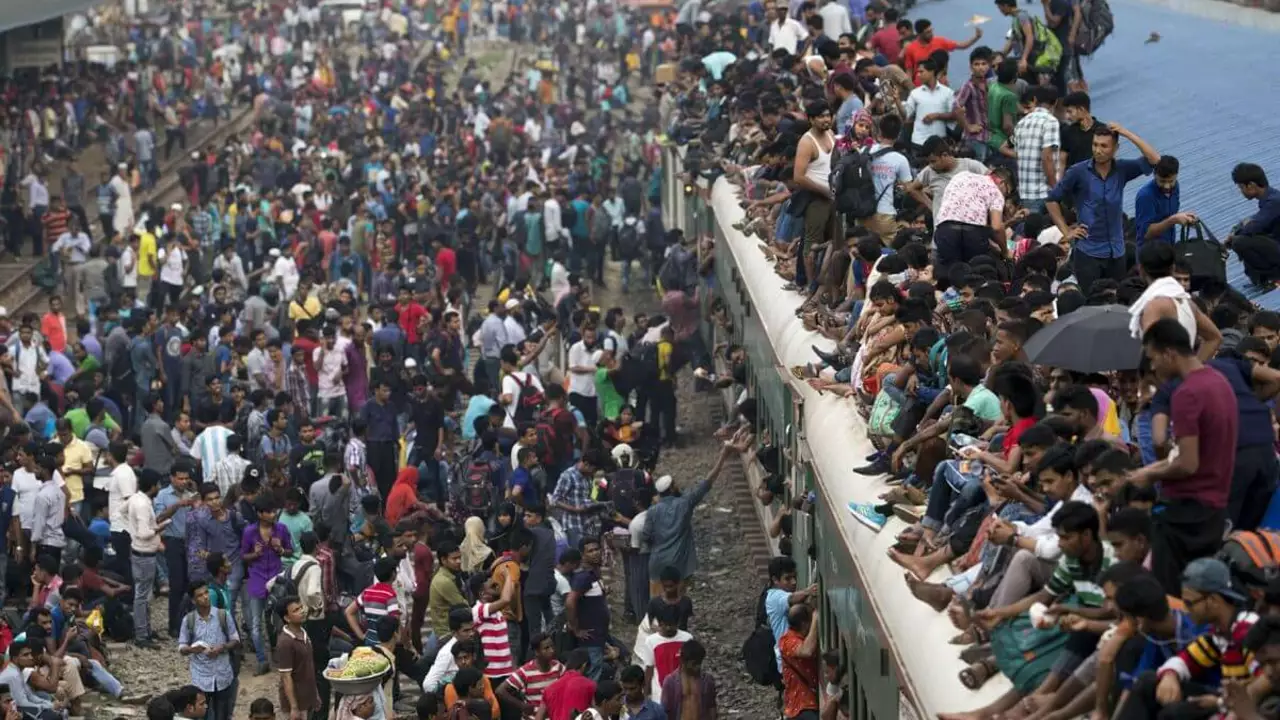India's population boom can be attributed to a few key factors. Firstly, high fertility rates in the past have created a 'population momentum'. Secondly, improvements in medical technology and healthcare have led to increased life expectancy. Lastly, traditionally, larger families are often seen as a source of economic and social security. So, in a nutshell, a combination of historical, cultural, and technological factors have contributed to India's high population.
Demographic Factors Shaping India’s Population
Ever wonder why India feels so different from one city to the next? It’s mostly about the people who live there. Age, language, income, education and where people call home all mix together to create the country’s unique vibe. In this guide we’ll break down the biggest demographic pieces and explain how they affect what you see on the street, in school and even online.
Age and Growth Trends
India’s average age is just under 28 years, meaning half the country is still in the teens or twenties. That youthful crowd drives demand for jobs, tech, and new learning tools. At the same time, the number of seniors is growing fast; by 2025 the average age is expected to hit 38. This shift means families are juggling both school fees for kids and health care for older relatives. Knowing the age mix helps businesses and tutors decide which services to offer and when.
Culture, Education, and Income
India’s cultural mix is massive—hundreds of languages, dozens of religions, and countless festivals. That diversity shapes what people eat, how they dress and even how they learn. Education levels vary widely: big cities often have colleges and high‑speed internet, while many villages still rely on basic schools. Income follows a similar pattern; urban earners might afford private tutoring, whereas rural families look for free or low‑cost options. Understanding these layers lets educators tailor lessons that respect local customs and fit the budget.
Urban vs. rural living also matters a lot. Cities are packed with offices, malls, and tech hubs, pulling in young workers from all over the country. Rural areas, on the other hand, stay close to agriculture and traditional crafts. The gap influences everything from transport needs to the kind of jobs people can get. For example, a student in Delhi might need help with coding, while a teen in a farming village could be looking for math support to manage farm finances.
All these factors combine to shape daily decisions. A parent deciding whether to enroll a child in an online tutoring program will think about the child’s age, the family’s income, and whether the tutor understands local dialects. A business launching a new app will look at age groups to pick the right interface and consider cultural symbols that resonate with users.
Bottom line: demographic factors are the hidden engine behind India’s fast‑changing landscape. Age, culture, education and income aren’t just statistics—they’re the clues that tell you what people need, what they can afford, and how they’ll respond. Keep these pieces in mind and you’ll get a clearer picture of any community, whether you’re planning a study session, launching a product, or simply curious about why India feels so diverse yet connected.
